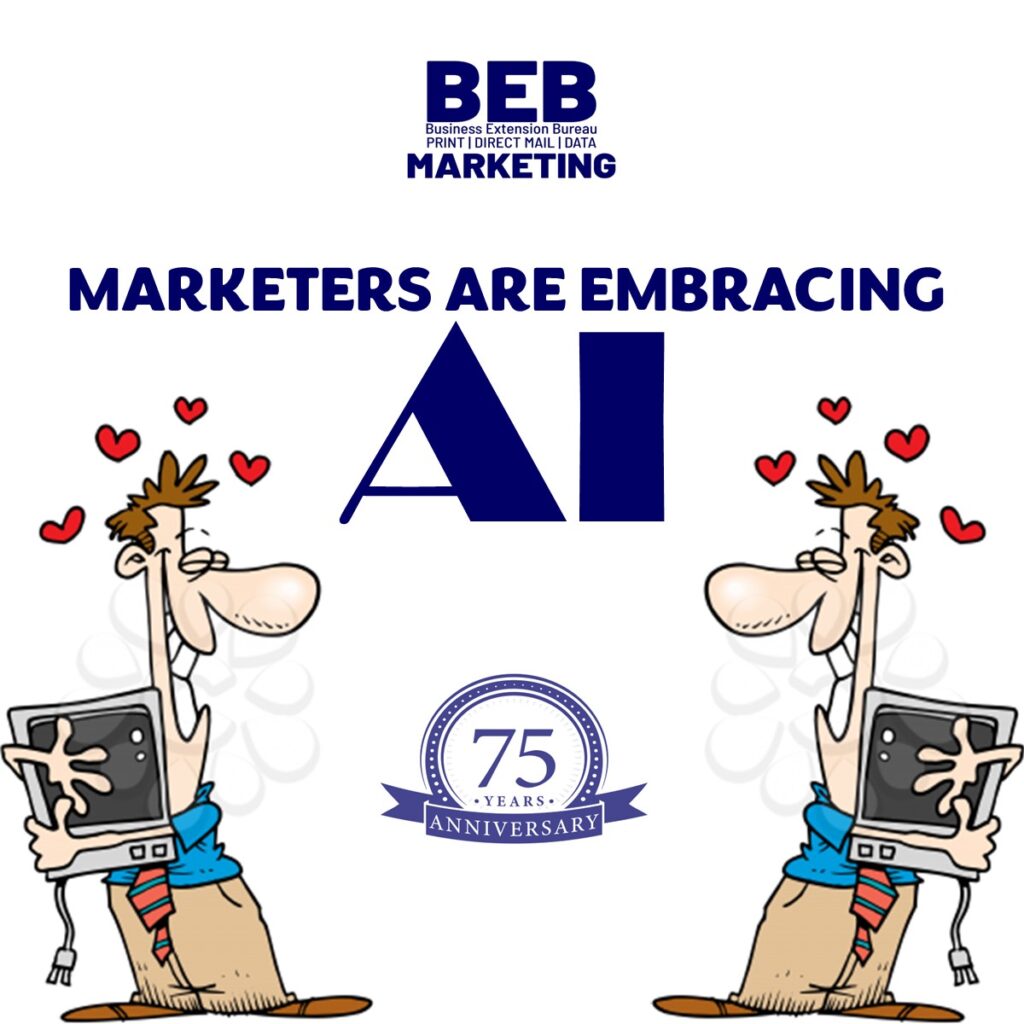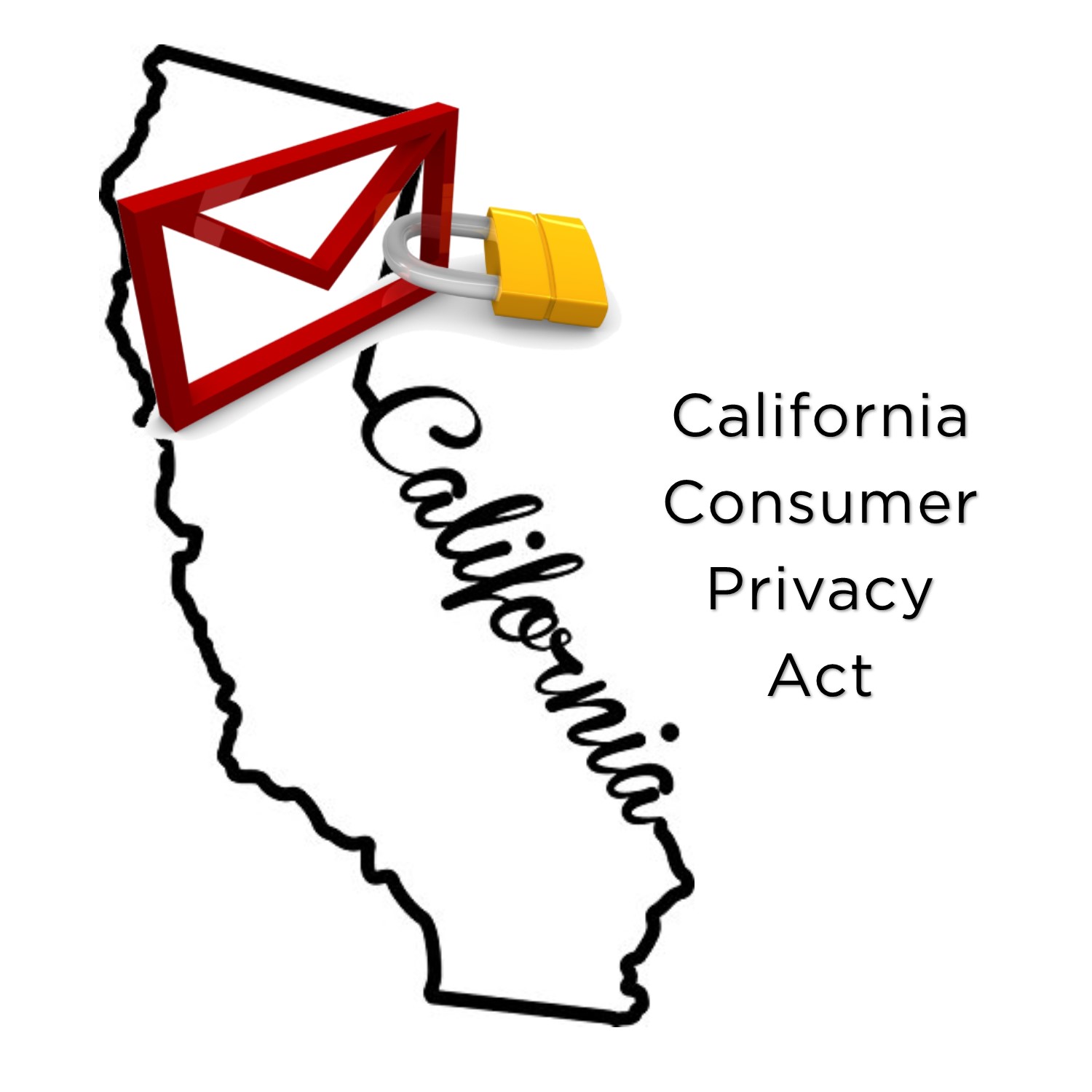
10 AI Programs in use today.
#2) Claude
Claude is an AI language model developed by Anthropic that focuses on understanding and generating human-like text. Similar to other conversational AI systems, Claude is designed to assist users by providing information, answering questions, and engaging in dialogue across various topics. Its architecture emphasizes safety and usability, aiming to minimize harmful or biased outputs while delivering insightful and coherent responses. Claude can be utilized for a range of applications, including customer support, content generation, and educational tools, making it a versatile asset for businesses and individuals looking to harness the power of artificial intelligence to enhance communication and productivity.
Claude is being utilized in marketing as a powerful tool for content creation and customer engagement. Marketers are harnessing its natural language processing capabilities to generate compelling and relevant copy for advertisements, social media posts, and blogs, which helps save time while producing high-quality content. Additionally, Claude can assist in crafting personalized emails and responses, enhancing customer interaction and building brand loyalty. Its ability to analyze consumer sentiment and provide insights into market trends enables marketers to make data-driven decisions quickly. Moreover, businesses are employing Claude in chatbots to offer real-time customer support, answering inquiries and resolving issues promptly, which significantly improves the overall customer experience. By integrating Claude into their marketing strategies, companies are not only streamlining their operations but also enhancing their ability to connect with their audience effectively.
Utilizing AI as part of your business strategy can unlock a multitude of advantages that drive growth and efficiency. By streamlining content creation, it enables marketing teams to produce high-quality materials rapidly, freeing up valuable time for strategic initiatives.









